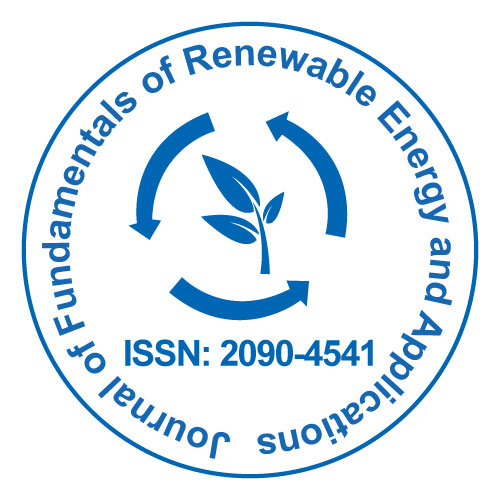
Journal of Fundamentals of Renewable Energy and Applications
Open Access
ISSN: 2090-4541
+44 1300 500008

ISSN: 2090-4541
+44 1300 500008
Szabolcs Kertesz
The increasing wastewater production, is one among the foremost serious problems within the world, which has got to be tackled effectively within the near future. Proper management of various quite wastewaters like food and dairy wastewater may be a necessity, not an option. Membrane separation technology has many advantages over traditional treatment methods like less required space, energy and may be easily combined with other methods, like chemical treatments. During this study, single ultrafiltration (UF) and its combination with pretreatment by coagulation/ flocculation and sedimentation using coagulant at different pH to treat model dairy wastewater were investigated. UF membranes with 10, 30 and 50 kDa relative molecular mass cut-off (MWCO) were tested and compared using synthetic dairy wastewater. It had been prepared 5 and 10 g/L concentration of skimmed milk powder and 0.5 and 1 g/L anionic-detergent. Different chemical pretreatments without and with pH adjustment to 4, supported our earlier research work, were administered so as to understand the bounds of the method. Ferric chloride (FeCl3) as a low-cost coagulant with 200 mg/L concentration was selected from earlier literature survey. Ultrafiltration fluxes, membrane rejections of organic matter content (COD), total dissolved solids (TDS) and turbidity were measured and compared. Furthermore, mathematical model was used for calculatinag the membrane resistances, polarization layer and inner porous fouling resistances. Our results indicated that using chemical pretreatment can improve the efficiency of the ultrafiltration separation process of synthetic dairy wastewater.
Published Date: 2021-04-30;